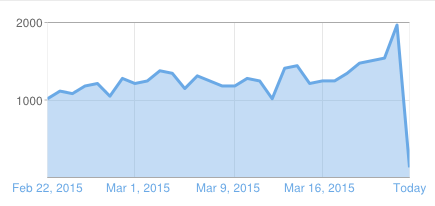A deaf man using a telephone and a computer to communicate. |
MULTI-FUNCTION phones, webcams and other new technological innovations have transformed the lives of the hard of hearing, delegates at an international congress of the deaf said.
Minguet finds her little multi-function phone a godsend and like other participants at the congress of the World Federation of the Deaf under way in Madrid, finds new technology a boon bolstering face-to-face communication at an event such as this.
Communicating via sign language, she points to her small flatscreen phone which she has placed on her knees after first activating the vibration mode.
"Thanks to that I can easily stay in touch through receiving texts and checking my voice mail," Minguet reveals.
Her diary is crammed for the week and she manages to juggle her appointments thanks to the telephone’s in-built calendar as she prepares to meet people from all walks of life from across the world.
Using the phone cuts down her fear of possible misinterpretations arising from differing sign language usage from one country to the next when it comes to face-to-face appointment-making.
The main aim of the congress, which is held every four years — the last one was in Montreal, Canada — is "to advance recognition of sign language in national legislations," says co-organiser Ana Maria Vazquez, a university sign language specialist.
But at the same time, the meeting is also an opportunity for deaf people to share their experiences and knowledge in the fields of education, culture, science and application of new technologies.
Telecommunication companies are, meanwhile, showing increasing interest in the deaf persons’ market.
British operator Vodafone is one of some 30 companies and associations who have stands at the congress and are offering a range of special deals for the hard of hearing.
"Vodafone wants to be a company embracing everyone, including the handicapped," explains Rosa Maria Martin on behalf of the firm which is Spain’s number two mobile operator.
The company is offering special deals for Blackberry wireless handheld devices made by the Canadian firm RIM (Research in Motion) whose "chat applications are perfectly adapted to deaf people’s communications needs", a brochure explains.
David Hoareau has travelled 12,00 kilometres from the Indian Ocean island of Reunion to attend along with 20 students from a specialist centre for the deaf.
"Deaf people have a reputation for being isolated. This congress shows that, on the contrary, we are capable of coming out and sharing our experiences and communicating," Hoareau said.
The raft of different versions of sign language across the world can make face-to-face communication difficult at such an international event, Hoareau admits, though the burgeoning technological aid helps in that direction.
"It’s difficult. But with a little perseverance, following facial expressions carefully and only expressing simple things, you end up being able to communicate with everyone, as anyone addressing a congress would do by using basic English as a catch-all language," he said.
It is very interesting for deaf community. I am doing my research about deaf products during my final year project. I found that some deaf malaysian use Typewriter (TTY) mean the screen text installed into telephone with a keyboard but it sometimes used only. I think that most deaf like to show facial experience and sharing some information when deaf malaysian use sign language while communicate with other deaf. As Interface designer, I like to create new products so it can support deaf community! It remind me to create new software D-HearT (avatar use sign language to translate english..hehe) for deaf community since I studied in Interface Design MMU..lol




















2 Comments
It is great to know that you always make research about communication development for the deaf. I'm sure you will be known in the communication world. :))
I remembered that I went to Putra PWC Dagangan for see what is in the PC fair and mobile phone promotation from different company on last 3 years..I saw TM Telekom show a telephone installed with text screen and keyboard.. I asked TM ppl that it got used before or not..TM ppl said it used before but it still in progress..cuz it not enough to be improved and hard to translate text from voice in the screen while people talk in voice with used telephone.. :(
But, America and Britain have better services; TTY, public phone for deaf and deaf products than Malaysia~ I think that government and R&D still do research about this coommunication with deaf..haha but can I know when deaf malaysian can use it? haha